Best Free Online Ticketing System Tips for Your Business
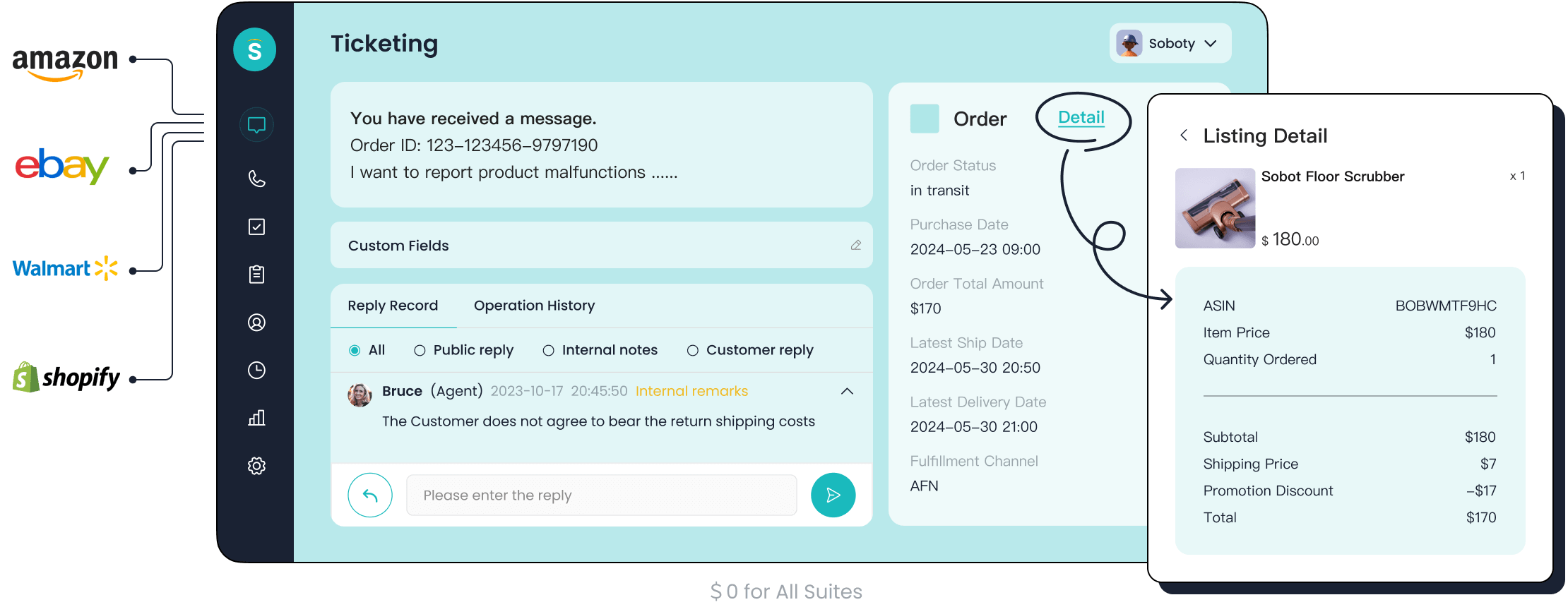
Choosing the right ticketing system can significantly transform your business operations. It boosts efficiency, lowers costs, and enhances customer satisfaction. For example, ticketing software can reduce response times by 50% and resolution times by 75%. As demand continues to grow, identifying the best free online ticketing system, like Sobot, becomes essential. So, how do you select the ideal one?
Why a Ticketing System is Essential for Your Business
Streamlining Customer Support Operations
Managing customer service can feel overwhelming, especially when requests pile up. A ticketing system simplifies this process by organizing all customer inquiries in one place. This centralized approach ensures no request slips through the cracks. You can track progress, monitor response times, and even prioritize urgent issues effortlessly.
Automation is another game-changer. With features like auto-assigning tasks and sending automated responses, ticketing software saves you time and resources. For instance, companies using ticketing systems report a 50% reduction in response times compared to traditional email threads. Delta Airlines also improved response times by automating task allocation, ensuring customers received faster support.
Enhancing Customer Satisfaction and Retention
Happy customers are loyal customers. A ticketing system helps you deliver seamless customer service, which directly impacts satisfaction and retention. By efficiently managing inquiries, you can resolve issues faster and leave a lasting positive impression.
Studies show that e-ticketing enhances customer satisfaction through efficiency, fostering loyalty. For example, ITSM systems improve service quality, leading to better retention rates. When customers experience quick and effective support, they’re more likely to return and recommend your business to others.
| Source | Key Findings |
|---|---|
| Empirical Study | E-ticketing enhances satisfaction and loyalty. |
| ITSM Article | Improved service quality boosts retention. |
Improving Team Productivity and Efficiency
Your team’s productivity can skyrocket with the right ticketing software. By automating repetitive tasks like ticket routing and data entry, your agents can focus on solving customer issues. This not only saves time but also reduces burnout.
According to Zendesk, businesses using ticketing systems see a 22% increase in agent productivity. Freshworks reports that 67% of service teams feel more efficient with these tools. AI-powered features, like prioritizing tickets, further enhance productivity.
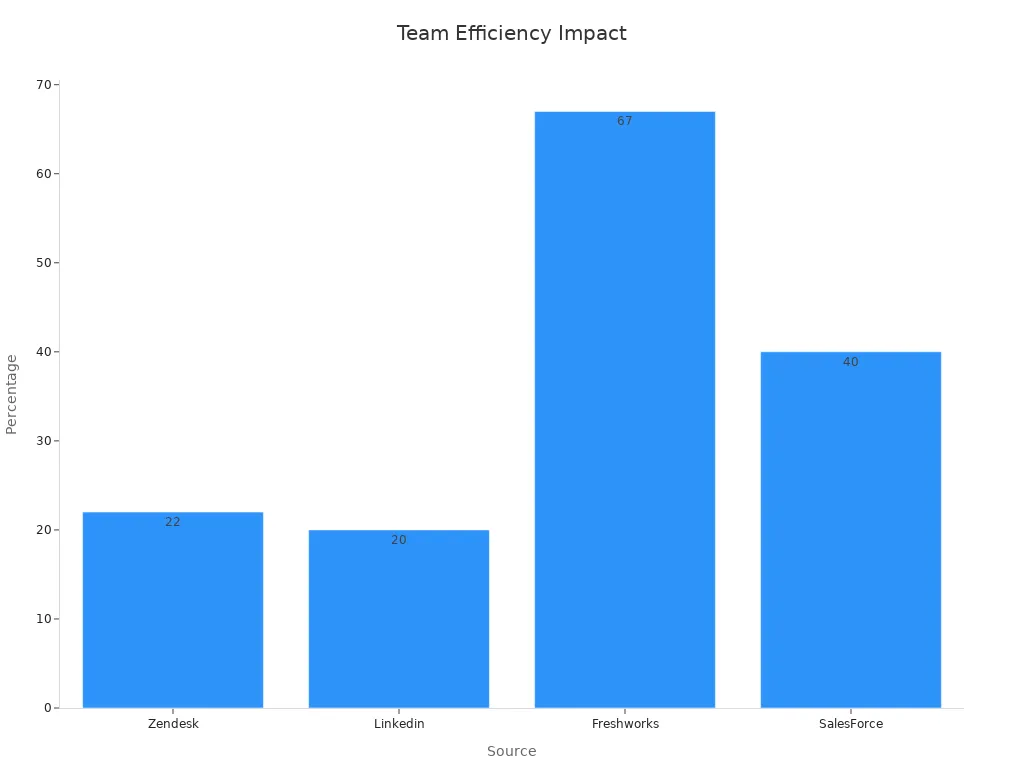
By streamlining workflows and reducing manual effort, a ticketing system empowers your team to deliver exceptional customer service consistently.
Key Factors to Consider When Choosing the Best Free Online Ticketing System
Identifying Your Business Needs and Goals
Before diving into ticketing software options, take a step back and evaluate your business needs. What are you trying to achieve with a ticketing system? Are you looking to improve customer service, streamline operations, or handle a growing volume of inquiries? Setting clear goals will help you find a solution that aligns with your objectives.
Start by establishing SMART goals—specific, measurable, achievable, relevant, and time-bound. For example, you might aim to reduce response times by 30% within six months or increase first-contact resolution rates by 20%. Regularly review these goals to ensure they still align with your business priorities. Don’t forget to gather feedback from your team and customers. Their insights can reveal pain points and highlight areas where a ticketing system could make the biggest impact.
Metrics like Customer Satisfaction Score (CSAT) and First Contact Resolution Rate (FCR) can also guide your decision. A high CSAT indicates that your customer service is meeting expectations, while a strong FCR shows that your team resolves issues efficiently. By understanding these metrics, you’ll have a clearer picture of what your business needs from a ticketing system.
Assessing Budget Constraints and Scalability
Budget plays a huge role in choosing the best free online ticketing system. While free options can save you money upfront, it’s important to consider long-term costs like integration, maintenance, and scalability. A system that fits your budget today might not meet your needs as your business grows.
Here’s a quick breakdown of cost factors to keep in mind:
| Cost Factor | Description | Impact on Business |
|---|---|---|
| Upfront Fees | Initial purchase price or subscription costs | Affects initial budgeting and investment |
| Integration Expenses | Costs to connect with existing systems | Ensures seamless adoption |
| Maintenance and Support | Ongoing fees for system reliability | Crucial for long-term performance |
| Training Costs | Resources for educating staff | Maximizes system efficiency |
| Scaling Costs | Expenses for expanding system capabilities | Supports business growth |
| Transaction Fees | Per-transaction costs charged by the platform | Impacts profit margins |
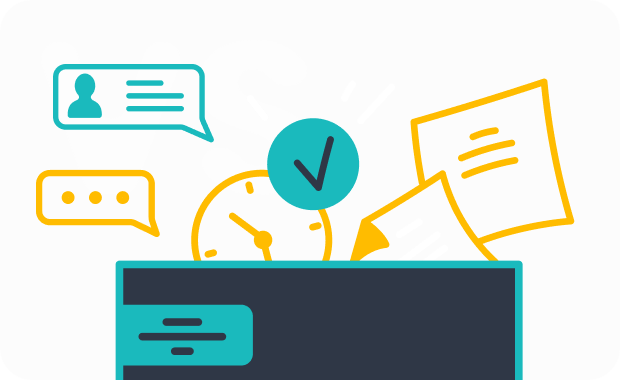
Scalability is equally important. A growing business needs a ticketing system that can handle increased ticket volumes and data without crashing. For instance, platforms like Sobot are designed to scale effortlessly, ensuring you won’t outgrow your software as your operations expand. Look for features like automated workflows and multilingual support, which can adapt to your evolving needs.
Researching and Comparing Available Options
Once you’ve identified your needs and budget, it’s time to explore your options. Not all ticketing systems are created equal, so take the time to compare features, limitations, and pricing. Start by analyzing user reviews and ratings to see what others are saying about the software. Platforms like Capterra and G2 can provide valuable insights.
Here’s a comparison of popular free ticketing systems:
| Platform | Features | Pricing | Limitations |
|---|---|---|---|
| TicketsCandy | Easy setup, free promotion, social media marketing | 0.9% service fee | Single payment partner (Square) |
| Eventbrite | User-friendly interface, email marketing, customizable event pages | 3.7% + $1.79 service fee | Expensive pricing plan |
| TicketSpice | Custom reports, offline app, real-time analytics | $0.99 per attendee + 2.9% + $0.30 | Requires technical know-how |
| Ticket Tailor | Password-protected tickets, dynamic ticketing | $0.65 per ticket + 2.9% + $0.30 | Limited tools, no reserved seating |
| Universe | Seating management, analytics and reporting, multiple payment options | 2% + $0.79 per ticket | Poor customer service |
When comparing options, focus on features that align with your business goals. For example, if you need a system that integrates with existing tools, prioritize platforms with strong compatibility. If scalability is a concern, look for software that can grow with your business. Testing free trials or demos can also help you get a feel for the system’s user interface and functionality.
Remember, the best free online ticketing system isn’t just about cost savings. It’s about finding a solution that enhances customer service, improves efficiency, and supports your long-term growth.
Must-Have Features in a Ticketing System
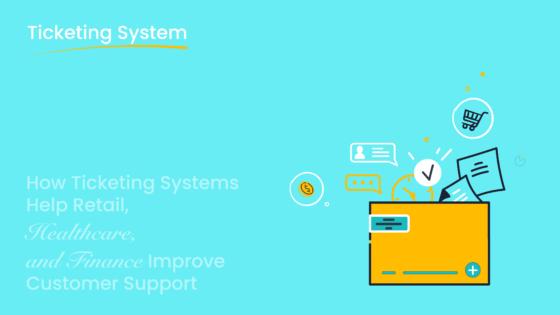
User-Friendly Interface and Navigation
When choosing a ticketing system, ease of use should be at the top of your list. A user-friendly interface ensures that your team can quickly adapt to the software without extensive training. Imagine a dashboard where you can see all customer inquiries, ticket statuses, and priorities at a glance. This simplicity saves time and reduces frustration for your team.
For example, a cluttered interface can lead to missed tickets or delayed responses, which impacts customer satisfaction. On the other hand, a clean and intuitive design allows agents to focus on resolving issues rather than navigating the system. Tools like drag-and-drop functionality or customizable dashboards can further enhance usability. Remember, the easier it is for your team to use the software, the faster they can assist your customers.
Automation and Workflow Management
Automation is a game-changer in ticketing software. It eliminates repetitive tasks, like assigning tickets or sending follow-up emails, freeing up your team to focus on more complex issues. Workflow analysis shows that automating processes reduces inefficiencies and optimizes ticket management. For instance, automated ticket routing ensures that inquiries go to the right agent, cutting down response times.
By automating routine tasks, you can maintain consistent service quality and reduce errors. This not only improves customer satisfaction but also boosts your team’s productivity. Think about how much time you could save if your ticketing system automatically prioritized urgent tickets or sent reminders for unresolved issues. Automation isn’t just a feature—it’s a necessity for scaling your business efficiently.
Integration with Existing Tools and Platforms
Your ticketing system should work seamlessly with the tools you already use. Whether it’s your CRM, email platform, or e-commerce site, integration ensures that all your systems communicate effectively. For example, integrating with a CRM allows agents to access customer history directly from the ticketing dashboard, speeding up resolution times.
Here’s a quick look at integration capabilities:
| Aspect | Details |
|---|---|
| Integration Capabilities | CRM ticketing systems integrate with email platforms, social media, live chat, and ERP/CRM systems. |
| Choosing the Right System | Consider scalability, compatibility with existing tools, and necessary features. |
| Common Pitfalls | Challenges include user resistance, data silos, and over-complexity in features. |
| Best Practices | Ensure data integration with IT specialists to avoid issues with scattered data. |
Sobot’s ticketing system, for instance, integrates with email, voicemail, and even Shopify, making it a versatile choice for businesses of all sizes. By choosing a system with robust integration capabilities, you can streamline operations and provide a seamless customer service experience.
Multilingual Support and Mobile Accessibility
In today’s global market, multilingual support isn’t optional—it’s essential. Customers expect personalized service in their preferred language. A case study from NEXON M revealed that they faced a backlog of over 12,000 tickets in non-English languages. By implementing multilingual capabilities, they resolved all tickets within 45 days, significantly improving customer satisfaction.
Mobile accessibility is equally important. Your team should be able to manage tickets on the go, ensuring that no inquiry goes unanswered. Whether it’s responding to a high-priority ticket during a commute or checking updates during a meeting, mobile-friendly ticketing software keeps your team connected. This flexibility enhances efficiency and ensures that your customers receive timely support, no matter where your team is.
Evaluating and Comparing Free Online Ticketing Systems
Analyzing User Reviews and Ratings
User reviews are a goldmine of information when evaluating a ticketing system. They give you a glimpse into real-world experiences, helping you understand what works and what doesn’t. Metrics like overall user satisfaction, average response time, and ticket resolution time can reveal how effective a system is. For example, a high first-contact resolution rate shows that the software helps resolve issues quickly, which builds trust with your customers.
Did you know that 81% of people research a business before making a decision? Positive reviews and high star ratings can boost confidence in your choice. Look for platforms with strong Net Promoter Scores (NPS), as they indicate customer loyalty and the likelihood of recommendations. When you see consistent praise for features like automation or multi-channel support, you know you’re on the right track.
Testing Free Trials or Demos
Free trials are your chance to test the waters. They let you explore the software’s interface, features, and overall usability without committing upfront. For instance, platforms like Zendesk and Freshdesk offer trials ranging from 14 to 30 days, giving you ample time to assess their capabilities.
Here’s a quick comparison of popular free trial options:
| Software | Ease of Use | Customer Service | Overall Rating | Free Trial Duration |
|---|---|---|---|---|
| Zoho Desk | 4.4 | 4.3 | 4.5 | 15 days |
| Freshdesk | 4.5 | 4.5 | 4.5 | 14 days |
| Zendesk | 4.3 | 4.3 | 4.4 | 30 days |
| Gorgias | 4.6 | 4.5 | 4.7 | 7 days |
During your trial, focus on how the system handles ticketing tasks like routing and automation. Does it integrate well with your existing tools? Is the interface intuitive? These insights will help you decide if the software aligns with your business needs.
Comparing Features, Limitations, and Scalability
Not all ticketing systems are created equal. Comparing their features and scalability is crucial to finding the right fit for your business. Look for essential features like ticket automation, multi-channel support, and reporting tools. These ensure smooth operations and better customer service.
Here’s a comparison of popular systems:
| Ticketing System | Scalability | Key Features | Pros | Cons |
|---|---|---|---|---|
| Freshdesk | Scalable for businesses of all sizes | Automation, self-service, multi-channel support | User-friendly, extensive integrations | Limited customization, slow loading times |
| LiveAgent | Highly customizable | Ticket management, live chat, social media integration | Easy setup, responsive support | Outdated UI, steep learning curve |
| Zendesk | Scalable and customizable | Aggregates tickets from multiple channels | Powerful automation | Slow customer service, complex pricing |
When evaluating scalability, think about your future growth. A system that works for a small team might not handle a larger operation. Choose software that grows with your business, ensuring long-term success.
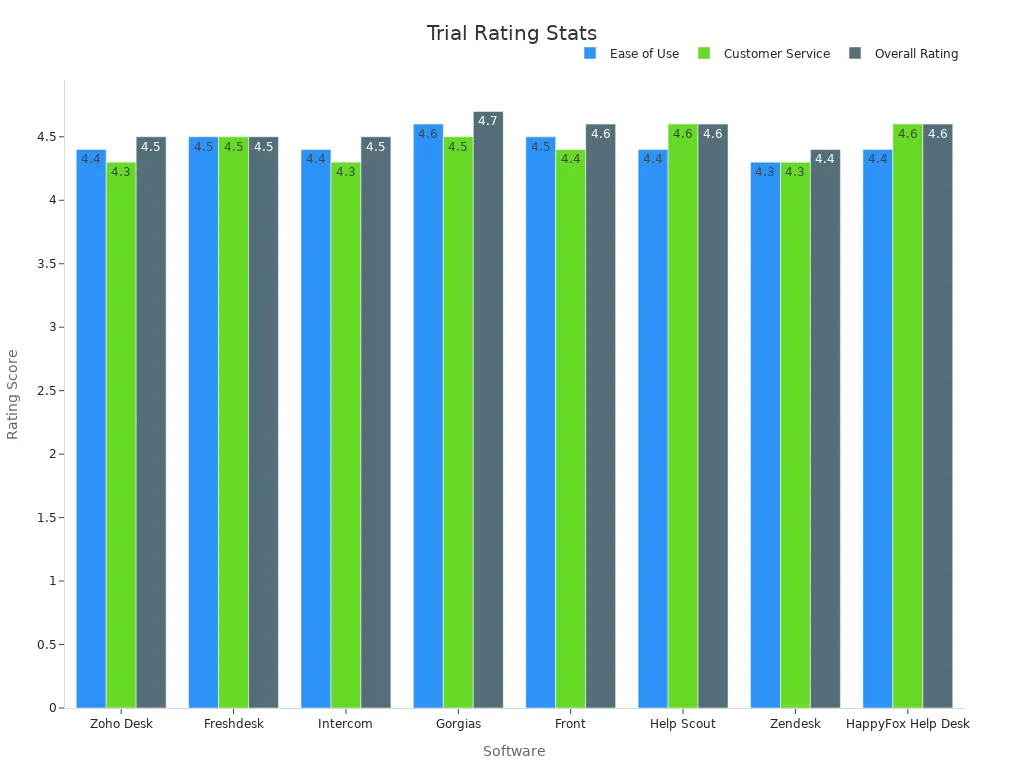
Why Sobot's Ticketing System is the Best Choice for Your Business
Unified Handling Across Communication Channels
Managing multiple communication channels can feel overwhelming. Sobot’s ticketing system simplifies this by unifying email, voicemail, and chat into one platform. This integration ensures every customer inquiry is tracked and resolved efficiently. No more juggling between platforms or losing tickets in the shuffle.
Here’s how unified communication boosts efficiency:
| Feature | Impact on Operational Efficiency | Impact on Reducing Backlog |
|---|---|---|
| Omni-Channel Integration | Combines all communication channels into one interface. | Prevents ticket duplications and streamlines workflows. |
| Automation | Speeds up ticket resolution by automating tasks. | Manages large ticket volumes, reducing queues. |
| Cloud-Based Systems | Enables access anytime, anywhere. | Keeps backlogs at bay with real-time updates. |
| Real-Time Support | Addresses queries instantly. | Reduces pending tickets with prompt resolutions. |
With Sobot, you can handle all customer interactions seamlessly, saving time and improving service quality.
Intelligent Automation and SLA Management
Sobot’s intelligent automation takes the hassle out of repetitive tasks. It automatically routes tickets to the right agents, prioritizes urgent issues, and even sends reminders for unresolved tickets. This ensures faster response times and consistent service.
Key benefits of automation and SLA management include:
- 24/7 availability for customer support.
- Faster ticket categorization and acknowledgment.
- Reduced manual workload, improving team efficiency.
- Better SLA compliance by prioritizing critical issues.
- Scalability to handle growing ticket volumes without extra staff.
By automating workflows, Sobot’s ticketing software helps your business save time and reduce costs while keeping customers happy.
Comprehensive Analytics and Reporting
Data-driven decisions are crucial for business success. Sobot’s ticketing system offers robust analytics tools that transform raw data into actionable insights. You can track performance, identify trends, and uncover areas for improvement.
Why analytics matter:
- Simplifies complex data into easy-to-understand reports.
- Tracks performance benchmarks to spot growth opportunities.
- Helps businesses make informed decisions with accurate insights.
Did you know 53% of companies use big data analytics to gain a competitive edge? With Sobot, you can stay ahead by leveraging detailed reports to refine your customer service strategies.
Seamless Integration and Multilingual Support
Sobot’s ticketing system integrates effortlessly with tools like Shopify, email platforms, and voicemail systems. This ensures a smooth workflow without disrupting your existing processes. Plus, its multilingual support caters to a global audience, making it ideal for businesses with international customers.
| Feature | Description |
|---|---|
| Multi-Language & Localization Support | Expands reach with translated content and local pricing. |
| Multilingual Functionality | Supports multiple languages for global usability. |
Whether you’re managing a local store or a global enterprise, Sobot’s software adapts to your needs, ensuring every customer feels valued.
Practical Tips for Implementing a Ticketing System
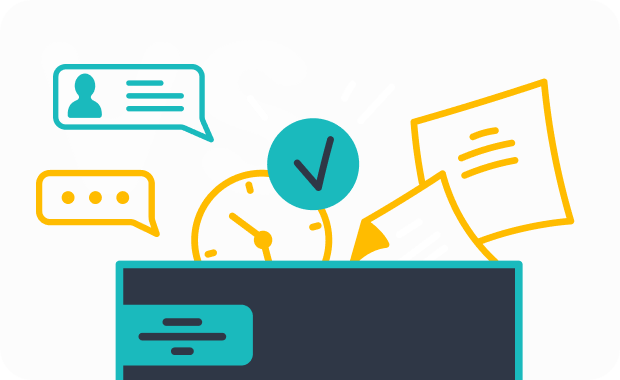
Training Your Team for Effective Adoption
Getting your team on board with a new ticketing system is crucial for success. Start by assessing their needs and tailoring the training approach. For example, some teams may prefer hands-on workshops, while others might benefit from video tutorials. Choose a format that suits their learning style.
Standardizing the ticketing process is another key step. When everyone follows the same workflow, it reduces confusion and ensures consistency. Encourage your team to use automation features like ticket routing and canned responses. These tools save time and make their jobs easier.
Don’t forget to celebrate small wins. Recognizing achievements, like faster ticket resolution times, motivates your team to embrace the software. Provide ongoing support to address any challenges they face. This ensures they feel confident and capable when using the system.
Tip: Foster collaboration by encouraging team members to share tips and tricks for using the software effectively.
Monitoring Performance and Gathering Feedback
Once your ticketing system is up and running, monitoring its performance is essential. Establish key performance indicators (KPIs) like Customer Satisfaction (CSAT) scores and ticket resolution times. These metrics help you track progress and identify areas for improvement.
Feedback loops are equally important. Regularly ask your team and customers for their input. For instance, if agents find the interface clunky, consider customizing it to fit their needs. Similarly, customer feedback can reveal trends, like recurring issues, that need attention.
Reviewing ticket data also helps you spot patterns. Are certain types of tickets taking longer to resolve? Use this insight to refine your processes. By continuously improving, you’ll ensure the software remains a valuable asset for your business.
Planning for Future Upgrades and Scalability
As your business grows, your ticketing system should grow with it. Moving to a cloud-based platform is a smart way to enhance scalability. Cloud systems handle demand spikes effortlessly, ensuring smooth operations during busy periods.
Stay ahead by embracing technological trends like predictive analytics. These tools help you make data-driven decisions, improving both efficiency and customer satisfaction. For example, analytics can predict ticket volumes during peak seasons, allowing you to allocate resources effectively.
Note: Regularly review your system’s capabilities to ensure it aligns with your business goals. Upgrading features like multilingual support or automation can keep your software relevant and efficient.
By planning for the future, you’ll create a ticketing system that adapts to your evolving needs and supports long-term success.
Choosing the best free online ticketing system can transform how your business handles customer inquiries. It simplifies operations, boosts efficiency, and keeps your customers happy. Look for software with features like automation, integration, and multilingual support. Sobot’s ticketing system checks all these boxes, offering a reliable solution to streamline your business processes. Ready to elevate your customer service? Explore Sobot today!
FAQ
What is a ticketing system, and why does your business need one?
A ticketing system organizes customer inquiries into manageable tickets. It helps you track, prioritize, and resolve issues efficiently, improving customer satisfaction and team productivity.
Can a free ticketing system handle growing business needs?
Yes, many free ticketing systems, like Sobot, offer scalable features. They adapt to increased ticket volumes and integrate with tools to support your business growth.
How does automation improve a ticketing system's efficiency?
Automation streamlines repetitive tasks like ticket routing and follow-ups. It saves time, reduces errors, and ensures faster responses, allowing your team to focus on complex issues.
See Also
Best Free Chat Tools for Businesses Explored
Best Live Chat Solutions for Small Enterprises in 2024
Best Free Live Chat Tools for Websites This Year